A vital benefit of advanced EM simulations is their ability to take on complicated physical test setups, substituting far easier virtual tests yielding accurate results earlier during design activities. The latest release of Keysight PathWave ADS 2023 continues speeding up engineering workflows. Let’s look at three areas of new capability: conducted EMI analysis, SMPS transient analysis, and cloud-accelerated EM simulation.
Chasing conducted and radiated EMI before finalizing layout
Analyzing EMI has often been an after-the-fact exercise, done late in the game with a complete system hardware prototype. When it fails, there’s either a retrofit or a re-spin coming, followed by another if the problem isn’t fixed the first time.
Guessing the source of EMI and the correct fix is getting much harder. Systems now have many more power rails. For instance, in an automotive environment, 12V battery power turns into 48V for distribution, 3.3V for modules, and 1.25 or 0.8 volts for high-speed logic. Noise shows up every time there is DC/DC conversion anywhere in that chain. Using physical measurements, untangling what’s causing conducted EMI versus radiated EMI can be tricky.

Sorting out EMI observations in virtual space requires two EM simulation methods and high-fidelity modeling with real-world effects. Near-field simulation contributes to conducted EMI, and far-field contributes to radiated EMI. In PathWave ADS 2023, one simulation setup easily runs both and automates parameter iterations, quickly providing complete, accurate EMI results.
Adding conducted EMI analysis is a breakthrough. “With new automated differential setup techniques in modeling and simulation, PIPro is now able to assess potential conducted and radiated EMI issues as layout happens in PathWave ADS 2023,” says Heidi Barnes, Power Integrity Product Manager for Keysight EDA.
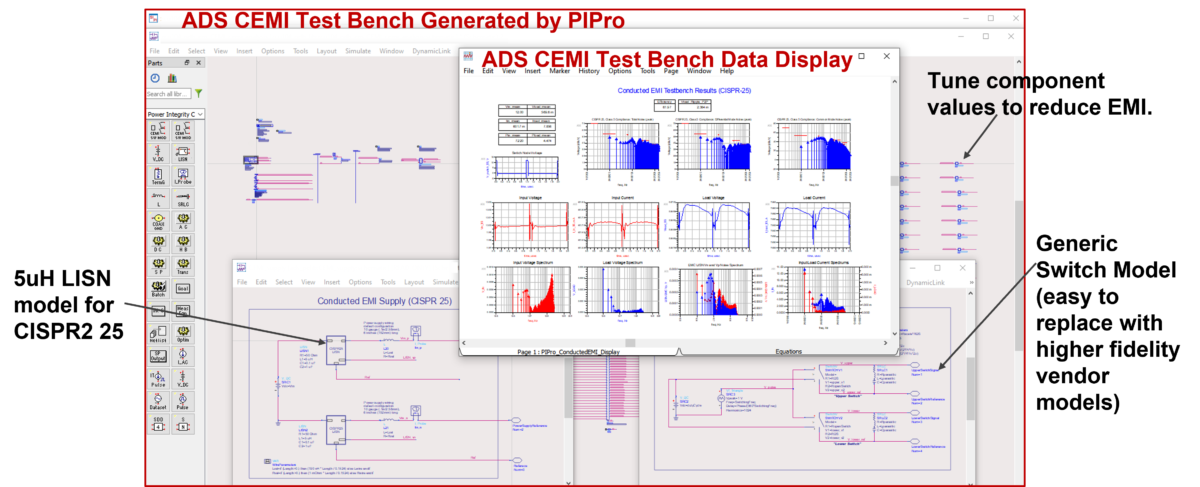
Simulations yield both time-domain (ripple) and frequency-domain (spikes or bands) results for EMI, and these results help parameterize sweeps to drill down on the root cause in the layout. For example, PIPro now automates setup of ground plate reference ports, populates a generic large signal switching model, and allows users to insert a higher fidelity switching model if needed. Another benefit of simulation is analyzing layouts under various loading conditions. Barnes concludes, “There’s not a lot of manual setups left – designers can focus on finding and correcting the causes of conducted and radiated EMI issues with simulation at layout.”
An SMPS report card and building better models
There are also improvements on the power electronics engineering side in PathWave ADS 2023 and PEPro. The first is looking at figures of merit for switched-mode power supplies (SMPS). “Measurements like transient recovery, efficiency, and voltage ripple are hard to set up in the real world, and every time the prototype changes, it all needs to be done again,” says Steven Lee, Power Electronics Product Manager for Keysight EDA.
Keysight has been building an SMPS report card, using modeling and advanced EM simulations to streamline analysis of common metrics at layout with just a few clicks in PEPro or ADS. Transient recovery is the first metric available in the new SMPS Performance Testbench, with efficiency and more metrics coming in future releases.
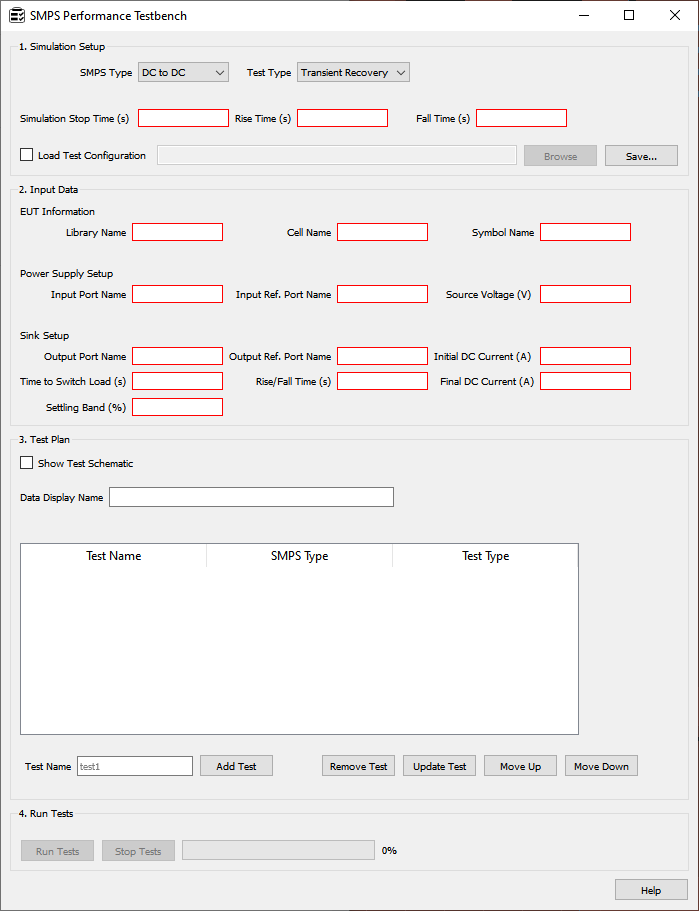
Another new capability goes after a nagging problem for designers: how to get more detailed and accurate models for power transistors. SPICE models often leave a lot of context out. Syntaxes differ, and translation doesn’t go well. And with simulation now gaining momentum in the SMPS design community, modeling problems are just being discovered.
Transistor IV and CV response curves don’t lie. However, translating them to a model using equations and polynomial fitting can be a time sink for power engineers. Behind the scenes, Keysight teams have been working on artificial neural networks (ANNs) for automatically creating models. In PathWave ADS 2023 and PEPro, it’s as simple as scanning images of transistor response curves off the datasheet. Cool, right? Support for silicon and silicon carbide power transistors is in this release, with gallium nitride and other technologies coming later.
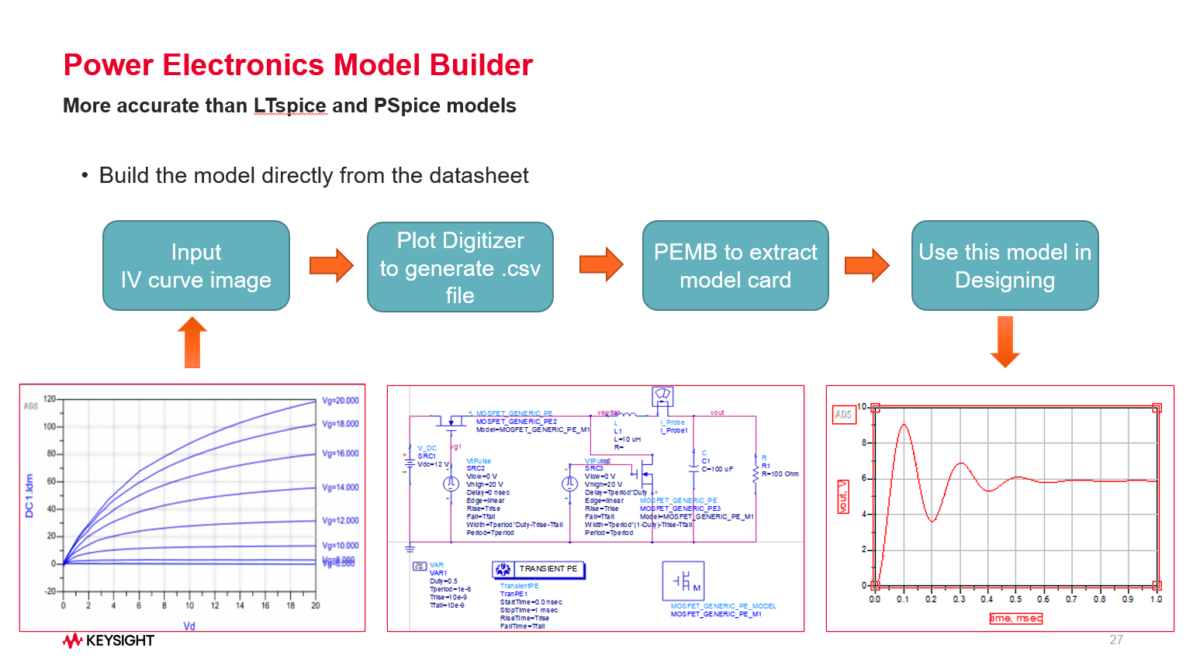
Lee also says a new EMI curriculum for PathWave ADS 2023 and PEPro is launching, developed by Professor Nicola Femia at the University of Salerno. It focuses on SMPS design with workspaces, labs, reference hardware from Digi-Key, and simulation models.
Here comes the cloud for PathWave ADS 2023
One more area Keysight teams have been working on for some time and are now ready to roll out: high-performance computing support for PathWave ADS 2023. Engineers are accustomed to waiting for simulations to finish, often planning their workflow around the wait. Distributed computing can give back valuable design time by reducing EM simulation run times by up to 80%, using multiple concurrent simulations running in an HPC cluster. Teams with limited hardware access can scale up instantly using turnkey cloud platforms.
For example, in a DIMM-based system with DDR4 memory on a 12-layer board running up to 10 GHz, a single signal integrity simulation takes 3 hours. Parallelizing 12 SIPro jobs within PathWave ADS 2023 on a cloud HPC platform improves simulation time by 84%. It’s not just more powerful processors at work. Keysight has looked at the steps in advanced EM simulations where multi-threading and parallelization can speed up results.
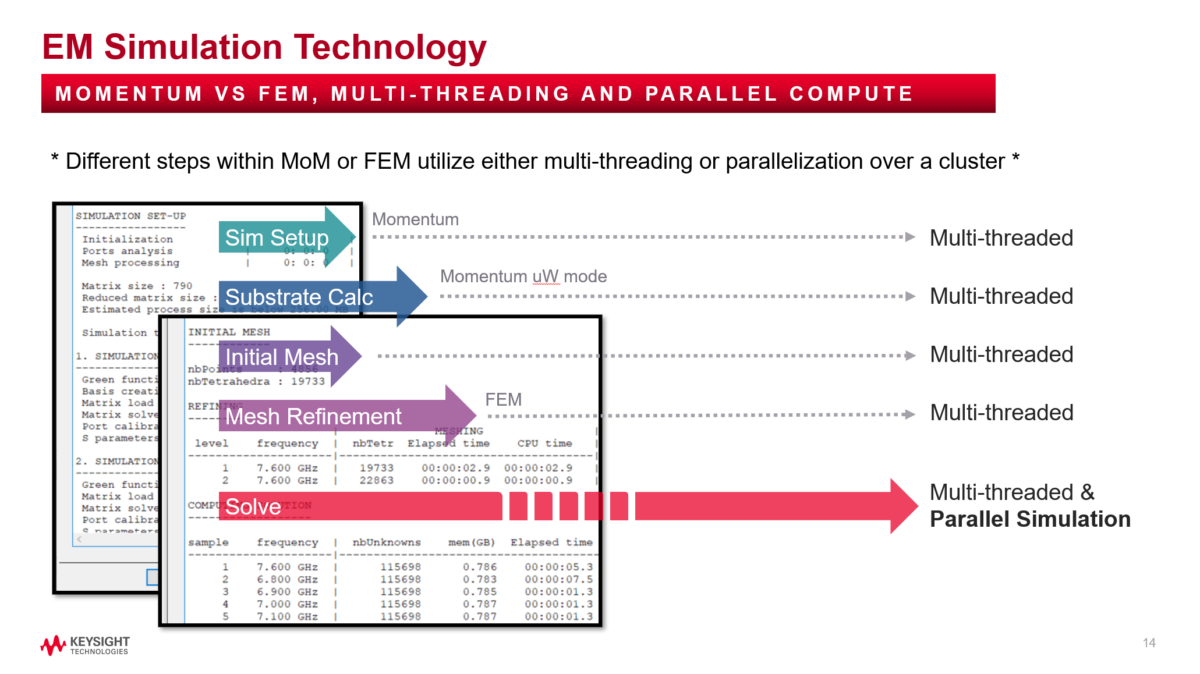
There are two licensing models, both using Rescale as the turnkey cloud provider for PathWave ADS 2023. In Keysight’s Design Cloud user experience, the GUI runs on a local machine with simulations launched on HPC clusters, which can be on-prem or in the cloud. Existing ADS licenses cover the GUI and simulator, and floating HPC licenses enable parallel jobs.
Discover more about PathWave ADS 2023
Whether design teams run entirely on Keysight EDA software or are looking for advanced EM simulations and productivity within other EDA environments, these enhancements can help. Here are a few resources for more info.
Web pages:
What’s New in High-Speed Digital Design and Simulation?
What’s New in Power Electronics Design and Simulation?
Videos:
PathWave ADS: Power Integrity Simulation Workflow with PIPro
Building Your Own Switching Device Models in ADS for SMPS Design
Introduction to High-Performance Computing in PathWave ADS on Rescale
Press release:
Keysight Delivers Design-to-Test Workflow for High-Speed Digital Designs
Share this post via:
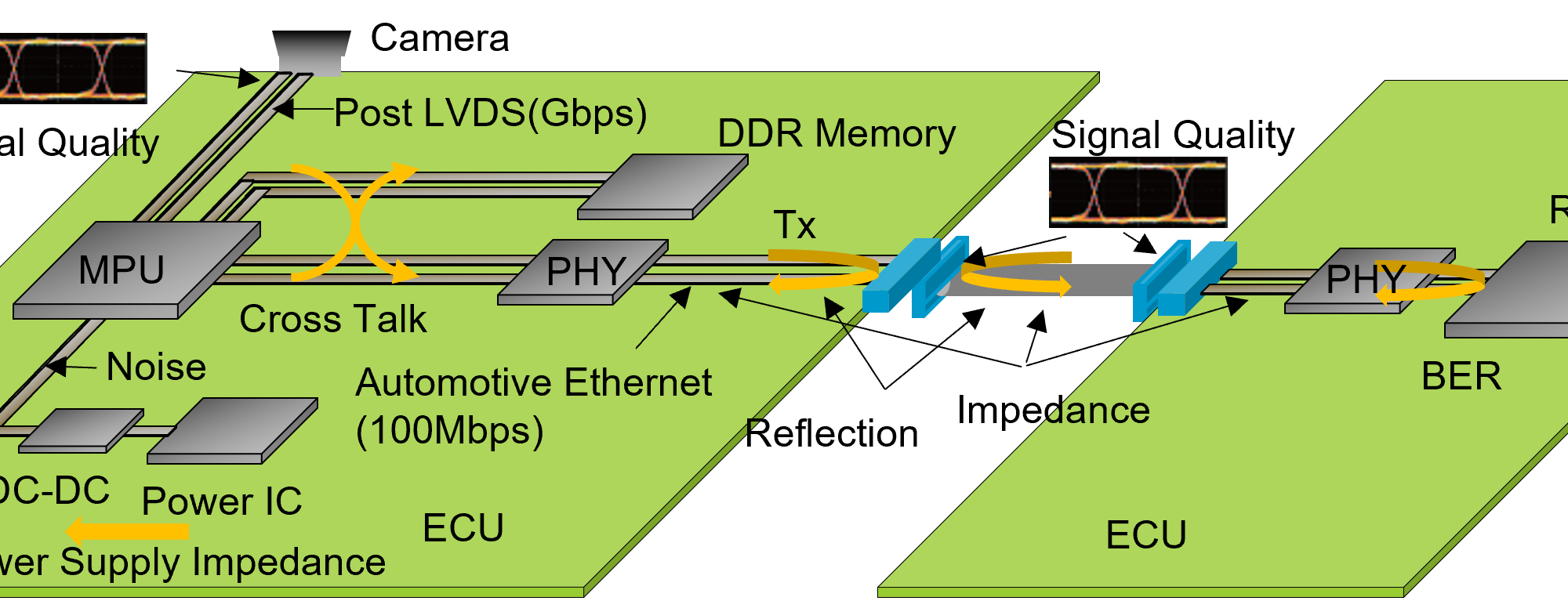





Comments
There are no comments yet.
You must register or log in to view/post comments.